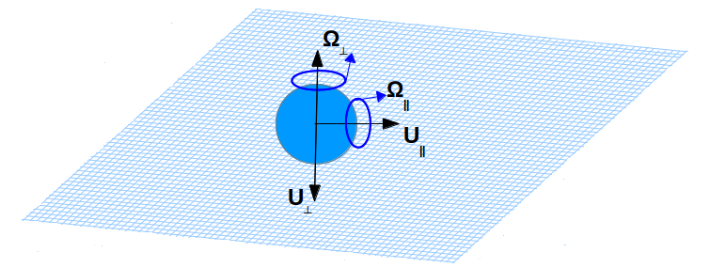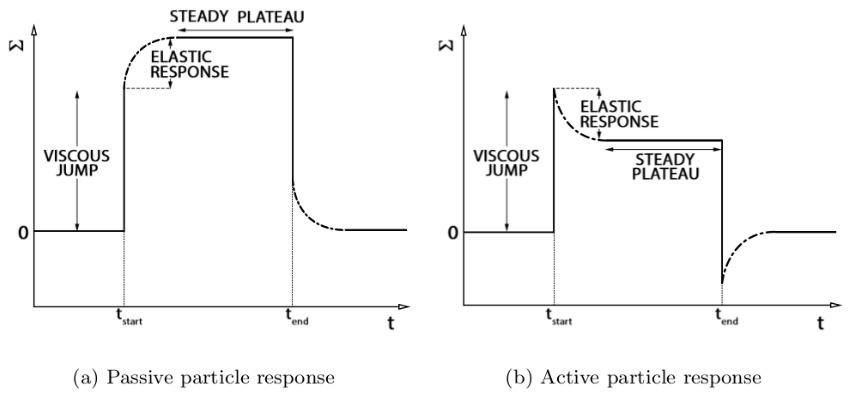Group Member > Reseach student

S V S S R K Phani Kanth
phanikanth [at] chemeng.iisc.ernet.in
Educational Background:
- B.Tech, Chemical Engineering, Nagarjuna University (2004)
- M.Tech, Chemical Engineering, Indian Institute of Technology – Bombay (2006)
Work Experience:
- Scientist, TATA Research Development and Design Centre, Pune (2006 – 08)
- Research Engineer, Center for Study of Science Technology and Policy, Bangalore (2010 – 11)
- Software Engineer, Amphora Software Pvt Ltd, Hyderabad (2011 – 12)
- Product Assurance Engineer, Cognizant Technology Solutions, Hyderabad (2012 – 2014)
About my Research
Osmotic pressure is an equilibrium concept that has applications in industrial as well as biological processes. The purification of sea water through reverse osmosis is based on the principles of osmotic pressure. Shear induced particle pressure is its non-equilibrium counterpart and it is the contribution of the particles to the total suspension pressure when the suspension is subjected to shear. This concept is relevant in explaining the state of the particle phase and its tendency to spread or migrate. Currently, few experimental studies exist that measure the shear induced particle pressure in suspensions. The complications involved in measuring the particle contribution to the suspension pressure are identical to attempting to measure the partial pressure of a component gas in a mixture of gases. The particle contribution to shear induced suspension pressure is claimed to be the difference in the suspension pressure measured at the outer wall and fluid pressure measured after allowing the fluid to pass through the grid in a couette device (Deboeuf et al., 2009).
Currently, we are studying the effect of the grid/porous slab on fluid pressure to verify the validity of the previous reports. We consider the motion of a spherical particle near a permeable slab (as shown in the figure below) of infinitesimal small thickness using eigen function expansion method. The effect of various parameters such as distance of the particle center from slab, permeability of slab, slip coefficient and slab thickness is studied.

Figure 1. Particle motion near a porous slab
We are collaborating with Prof. Ganesh Subramanian at JNCASR for understanding the rheology of active suspensions. Passive particles with large aspect ratio such as fibers and active particles such as Escherichia coli can be represented as slender bodies and their hydrodynamics is established long back using 'Slender body theory'. An interesting distinction between the passive and active slender bodies is that the former develops a net contractile force dipole and the latter develops a net extensile force dipole, when subjected to uniform shear. These differences causes them to display opposing stress responses at the start up of the shear and at the cessation of shear (Figure 2).

Figure 2. The stress response of passive and active suspensions. Source: Nambiar et al., (Submitted)
In recent experimental study by Lopez et al. (2015), it was shown that the active suspensions of E. coli displayed “superfluid” like behavior when subjected to step shear. Nambiar et al., (Submitted) gave a theoretical explanation for the observed superfulidity of the bacterial suspension. They calculated the zero shear viscosity of the bacterial suspension and the study is now extended to calculate the normal stress differences and shear thinning contributions to the viscosity.

